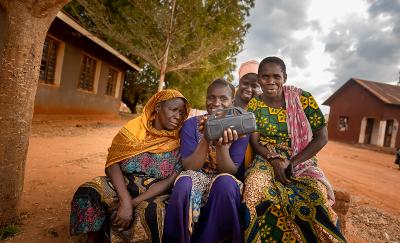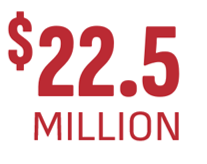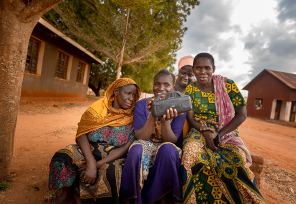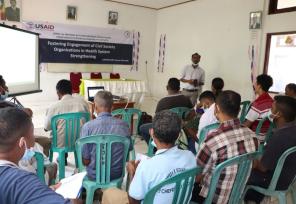Letter from Our CEO
As we approach Abt’s 60th anniversary, we celebrate many achievements that demonstrate our perseverance to bring the best solutions to complex challenges. Through massive geopolitical and social shifts, we remain committed to our mission and our values, always focused on improving the lives of those most in need.
This year, we officially became Abt Global. While our name has changed, our commitment to addressing the world’s most pressing problems remains the same. Changing our name underscores the scope of our mission to improve the quality of life and economic well-being of people worldwide. It honors both the impact of our founder Clark Abt’s dream and the relationships we’ve built and nurtured around the globe.
And, more recently, we joined forces with TSPi, an award-winning digital solutions firm that is now a Division of Abt Global. This deepens our ability to deliver transformative data-driven insights and end-to-end capabilities our clients are asking for to accelerate their impact. With TSPi’s forward-leaning expertise, we will advance citizen-centric, real-time solutions that put data into the hands of people and policymakers around the world for change.

Our Impact
Our Approach to Mission Impact
We are a mission-driven organization focused on improving the quality of life and economic well-being of people worldwide.

Good Health

Health Systems Resilience through Local Solutions in DRC
Two provinces in the Democratic Republic of Congo are trying to bridge the gap between potential wealth and the nation’s critical health needs. The country has always possessed two major reservoirs of potential: a diverse and vibrant population and vast mineral wealth.
No matter if we are here or not, these communities are finding solutions for their own problems. We need to really build on the systems they have already.
Local financing for health mobilized in DRC through IHP-supported advocacy.


Thriving Environment

Emissions Data at Our Fingertips

Secure Economies
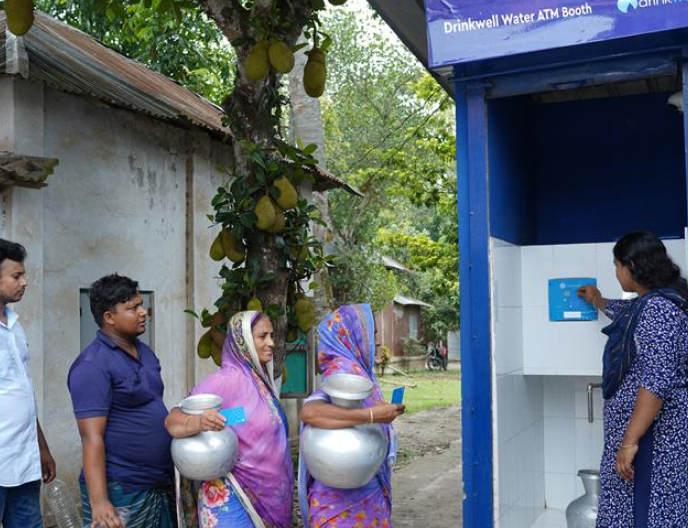
Thirst for Change in Bangladesh
Iron. Arsenic. Salt. E. coli. Impurities in drinking water are a daily reality for millions of Bangladeshis. What is the value of safe, reliable drinking water? And how can private companies support the provision of services often perceived as free public goods?
with improved water, sanitation and hygiene practices and technologies in Bangladesh
with improved nutritional practices in Bangladesh

Equal Opportunity

Decades of Research Shapes Housing Assistance in the U.S.
Housing is the backbone of wellbeing, affecting everything from health to food security to child development.

Effective Governance

What Ukraine’s Future Entrepreneurs Need to Succeed
Ukraine’s micro-, small- and medium-sized enterprises (SMEs) employ 70% of the country’s workers and represent half of its gross domestic product.

Our People and Operations

Ethics and Governance
At Abt Global, ethics and integrity guide everything we do. Our new compliance and quality systems ensure consistency, transparency, and trust—helping us deliver impactful work while staying true to our mission of improving lives worldwide.
This year, we officially became Abt Global. While our name has changed, our commitment to addressing the world’s most pressing problems with agility remains the same.

Since our founding in 1965, Abt has partnered with small businesses globally, not only to bolster economic growth among these companies but because many have proved to be exceptional partners.

Our Communities

Our Communities
At Abt, our values and mission mean we care about humanitarian crises wherever they may occur as well as our neighbors closer to home.




